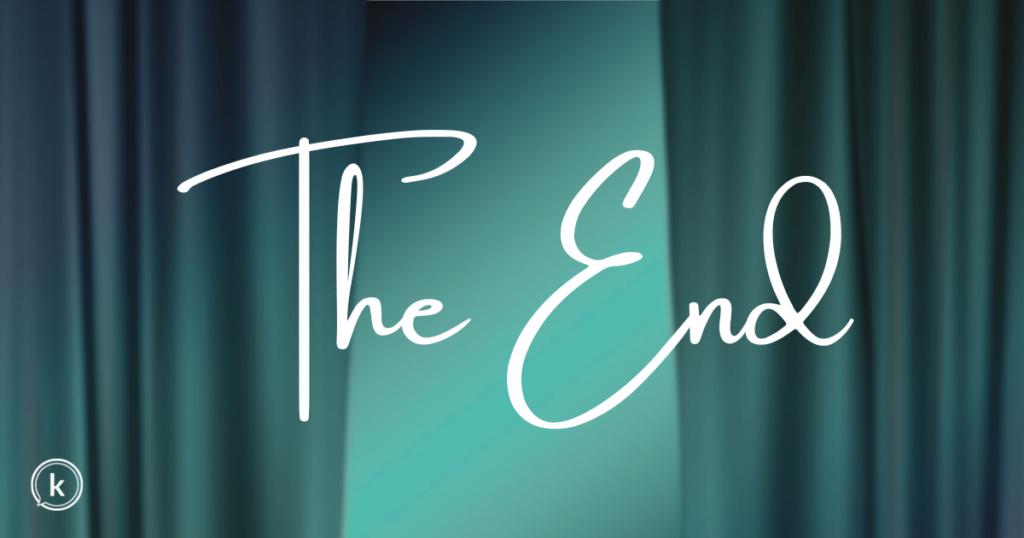Posts Tagged ‘Storytelling’
How (not) to end your presentation
Great stories deserve great endings.
We demand great endings from movies. We criticize them to no end when they don’t leave us with a sense of closure. Granted, some screenwriters strive to agitate their audiences with some form of an unforgettable cliffhanger (looking at you, Inception). But for the most part, the stories we love typically end with resolution that leaves us feeling satisfied. Even Sixth Sense, with its mind-bending conclusion, affords watchers some sense of restored world order.
Audiences need that same sense of resolution from our presentations. Yet too many speakers (founders, especially) abruptly arrive at their last slide and say “yeah, uh, I guess that’s it” or “any questions?”.
If Gone with the Wind or Indiana Jones and the Raiders of the Lost Ark had left off the way most presentations end, we wouldn’t still be talking about them decades after their release (at least not positively, anyway!).
While we’re not trying to win an Academy Award with our presentations, we do want them to be memorable. And that means adhering to a storytelling structure that includes an effective ending.
The psychological principle of recency underscores why this is so important: we remember best what we heard last. If the last thing your audience hears is an ambiguous, lackluster version of “the end” (which sounds a lot like “I’m out of slides”) then that’s what they’re going to remember. And that, my friends, is not the way to persuade or inspire anyone to do anything.
The saddest part is how easily this can be corrected.
Read More
